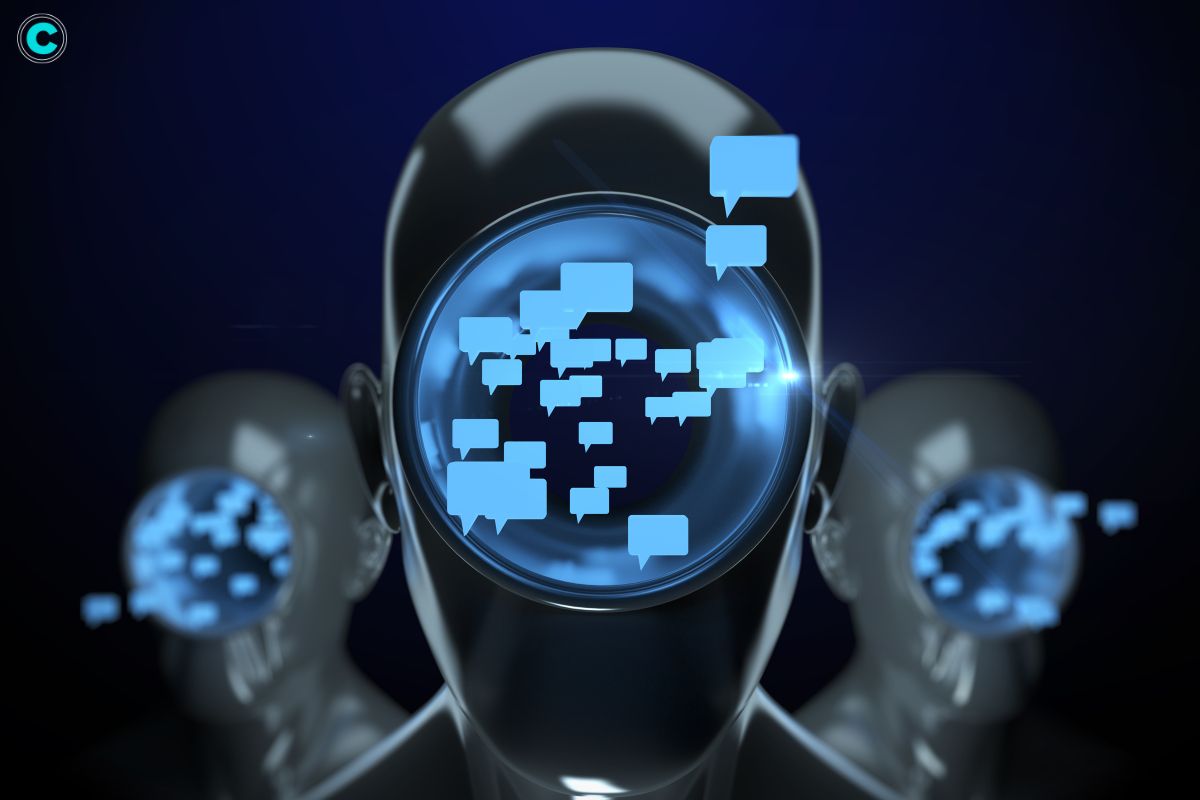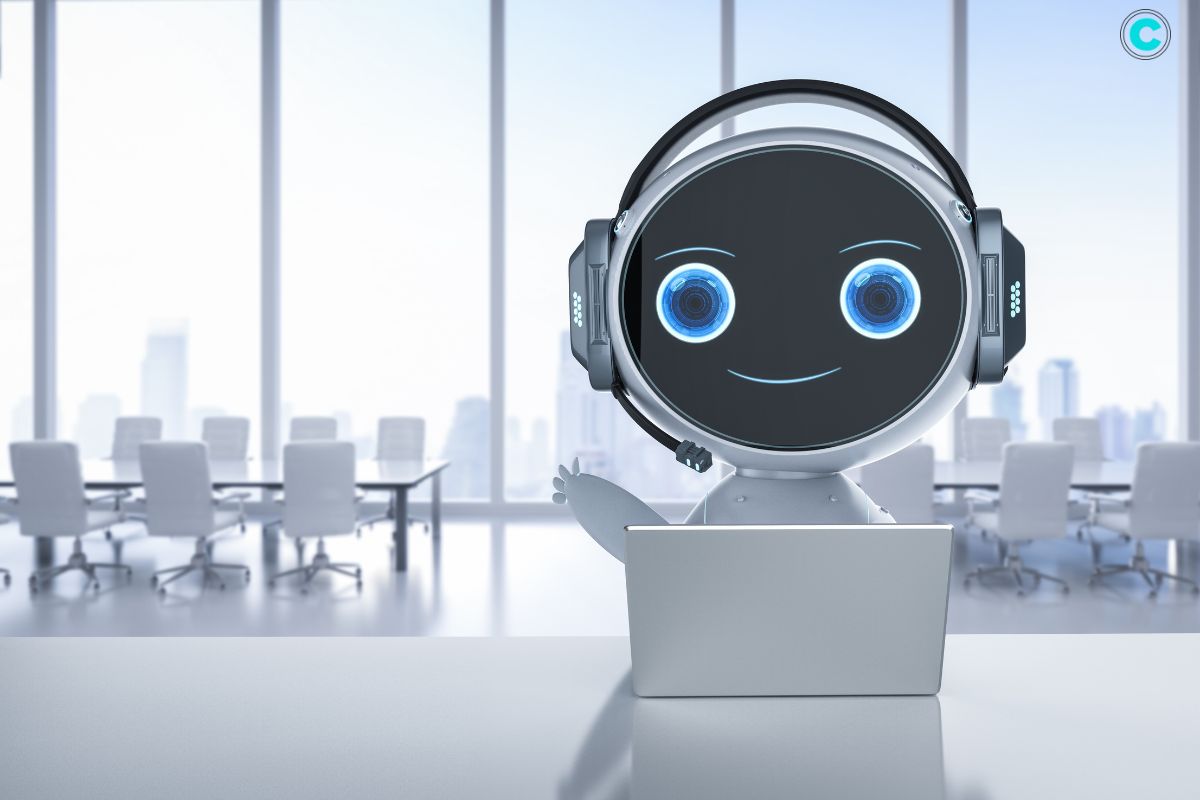Artificial Intelligence (AI) chatbots have become a ubiquitous part of our digital interactions, popping up everywhere from customer service platforms to personal assistant applications. These intelligent programs are designed to simulate human conversation, making our interactions with technology more natural and efficient. But what exactly are AI chatbots, how do they work, and why are they so important in today’s digital world? In this comprehensive guide, we’ll delve into their history, types, working mechanisms, and much more. Whether you’re a tech enthusiast, a business professional, or just curious about AI, this article will provide you with a thorough understanding of their transformative potential.
What are AI Chatbots?
These are software programs that use artificial intelligence to simulate human conversation. These chatbots leverage natural language processing (NLP) and machine learning algorithms to understand and respond to user inputs in a way that mimics human interaction.
Types of AI Chatbots
1. Rule-Based Chatbots
Rule-based chatbots operate on predefined rules and responses. They follow a scripted path and are effective for handling simple queries. However, they lack the flexibility and learning capabilities of more advanced chatbots.
2. Self-Learning Chatbots
Self-learning chatbots, also known as AI chatbots, utilize machine learning algorithms to improve over time. They analyze interactions and learn from user behavior, enabling them to provide more accurate and personalized responses.
3. NLP Chatbots
NLP chatbots leverage natural language processing to understand and interpret human language. They can process complex sentences, identify intent, and generate appropriate responses, making them more conversational and effective.
4. Hybrid Chatbots
Hybrid chatbots combine rule-based and self-learning approaches. They use predefined rules for simple tasks and machine learning for more complex interactions, offering a balanced solution for various use cases.
How Do These Chatbots Work?

1. Basic Architecture
The architecture of AI chatbots typically includes a user interface, NLP engine, dialogue management system, and a backend database. The NLP engine processes user inputs, while the dialogue management system generates appropriate responses.
2. Natural Language Processing (NLP)
NLP is a critical component of these chatbots. It enables them to understand, interpret, and generate human language. NLP involves several subfields, including syntax, semantics, and pragmatics, to ensure accurate communication.
3. Machine Learning Algorithms
Machine learning algorithms enable these chatbots to learn from data and improve over time. Supervised, unsupervised, and reinforcement learning are common approaches used to train chatbots, allowing them to handle a wide range of interactions.
4. Integration with Other Systems
These chatbots can integrate with various systems, such as CRM software, databases, and third-party APIs, to access and retrieve information. This integration enhances their functionality and enables them to provide more comprehensive responses.
Key Features
1. Conversational Capabilities
These chatbots are designed to engage in meaningful conversations. They can understand context, manage dialogue flow, and provide relevant responses, creating a more human-like interaction experience.
2. Context Awareness
Context awareness allows these chatbots to remember previous interactions and maintain the flow of conversation. This feature is crucial for providing coherent and relevant responses, enhancing user satisfaction.
3. Multilingual Support
These chatbots can support multiple languages, making them accessible to a global audience. This capability is achieved through advanced NLP techniques that enable chatbots to understand and respond in different languages.
4. Personalization
Personalization involves tailoring responses based on user preferences and behavior. These chatbots can use data from previous interactions to provide customized recommendations and solutions, improving user engagement and satisfaction.
Benefits of AI Chatbots
1. Cost Efficiency
These chatbots reduce operational costs by automating routine tasks and handling multiple interactions simultaneously. This efficiency allows businesses to allocate resources to more complex and value-added activities.
2. 24/7 Availability
These chatbots are available round-the-clock, providing uninterrupted service to users. This availability ensures that customer inquiries and issues are addressed promptly, regardless of time zones.
3. Enhanced User Experience
These chatbots offer quick and accurate responses, improving user experience. Their ability to understand context and provide personalized solutions enhances customer satisfaction and loyalty.
4. Scalability
These chatbots can handle a large volume of interactions simultaneously, making them highly scalable. This scalability is crucial for businesses experiencing rapid growth or high demand fluctuations.
Challenges and Limitations
1. Understanding Context and Nuance

Despite advancements, these chatbots still struggle with understanding context and nuance in conversations. This limitation can lead to misunderstandings and incorrect responses.
2. Security and Privacy Concerns
These chatbots handle sensitive user data, raising security and privacy concerns. Ensuring data protection and compliance with regulations is essential to maintain user trust.
3. Integration Issues
Integrating these chatbots with existing systems can be challenging. Compatibility issues and the need for custom development can complicate the integration process, requiring significant time and resources.
4. Dependence on Large Data Sets
These chatbots rely on large data sets for training and improving their performance. Accessing and managing these data sets can be resource-intensive and pose ethical concerns regarding data usage.
Future Prospects of AI Chatbots

1. Predictions and Trends
The future of these chatbots is promising, with predictions pointing towards increased adoption across industries. Advancements in AI and NLP will continue to enhance chatbot capabilities, making them more intelligent and versatile.
2. Potential Impact on Various Industries
These chatbots are expected to have a significant impact on industries such as healthcare, finance, and customer service. They will streamline operations, improve efficiency, and provide personalized services, transforming how businesses interact with customers.
3. Ethical Considerations
As AI chatbots become more prevalent, ethical considerations regarding data privacy, bias, and transparency will need to be addressed. Ensuring responsible development and deployment of
these chatbots are crucial for maintaining public trust.
Frequently Asked Questions (FAQs)
1. What is an AI chatbot?
An AI chatbot is a software application that uses artificial intelligence to simulate human-like conversations with users. It leverages technologies like natural language processing (NLP) and machine learning to understand and respond to text or voice inputs in a conversational manner.
2. How do AI chatbots learn and improve over time?
These chatbots learn and improve through machine learning algorithms. They analyze interactions, gather data from conversations, and adjust their responses based on patterns and user feedback. This continuous learning process helps them become more accurate and effective over time.
3. What are the main benefits of using AI chatbots in customer service?
These chatbots offer several benefits in customer service, including 24/7 availability, quick and accurate responses, cost efficiency, and the ability to handle multiple inquiries simultaneously. They enhance the customer experience by providing instant support and freeing up human agents for more complex tasks.
4. Are AI chatbots secure to use?
These chatbots can be secure if they are designed with robust security measures. It’s crucial to ensure that they comply with data privacy regulations, use encryption for sensitive data, and have mechanisms to prevent unauthorized access. Regular security updates and monitoring are also essential.
5. What is the future of AI chatbots?
The future of these chatbots looks promising, with advancements in AI and NLP driving their evolution. We can expect more sophisticated chatbots with enhanced conversational abilities, emotion detection, and integration with emerging technologies like IoT. They will become increasingly prevalent across various industries, offering more personalized and efficient interactions.
Conclusion
As AI chatbots continue to evolve, businesses must stay updated with the latest trends and innovations to leverage their full potential. Implementing these chatbots can transform customer interactions, improve efficiency, and provide a competitive edge. Explore the possibilities of these chatbots and consider integrating them into your business strategy to stay ahead in the digital landscape.
Also Read : AI-Powered Chatbots Pass Ethical Hacking Exam, But Caution Advised






